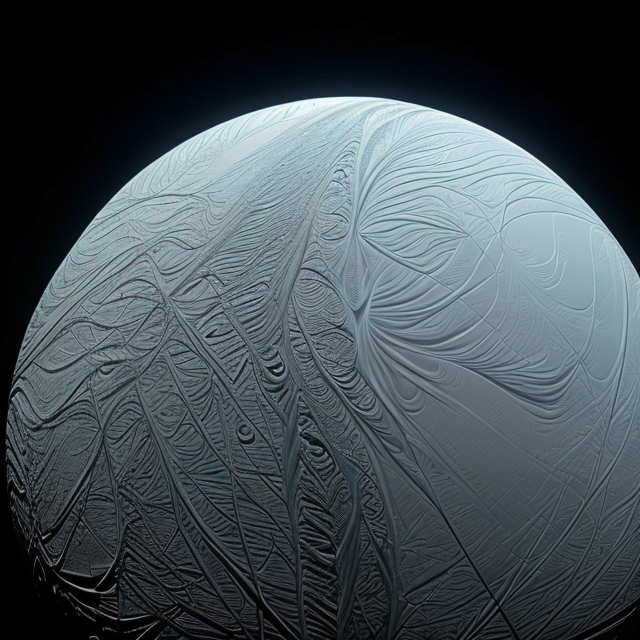| Fictional info (?) |
|---|
| Suggested name | Myopu Upazu |
| Planet type | Cold planet |
| .
The volume of water ice in the south polar ice cap, if melted, would be sufficient to cover the entire planetary surface to a depth of 7 meters. The volume of water detected has been estimated to be equivalent to the volume of water in Earth's oceans.
This arid planet is mostly occupied by barbaric and terraformed carnivores called the "Kyagya-bu". They spend their life in the forest while killing a substance called "Hyabyuro Te" if it is available. Most Kyagya-bu are somewhat related to the Matofuka To but have 5 eyes and vary in length from 60 to 110 mm. Most Kyagya-bu are able to survive temperatures from 30 to 100°C and very low gravity. |
| Estimated population | 300 |
| Atmosphere | Carbon dioxide | 93% |
| Oxygen | 6% |
| Methane | 0.9% |
| Water | 0.0026% |
| Atmospheric pressure | 0.005 bar |
 |
| Moon | Rotsusu Ru | Medium-sized irregular ice comet |
| Page Go | Small irregular ice planetoid |
| Tocha-kuhipyu | Small potato shaped oceanic asteroid |
| Yohyaru Pipyo | Medium-sized irregular crater-filled asteroid |
| Ibyuu Suzeme | Huge potato shaped rocky moon |
| Rukyo Re | Large potato shaped crater-filled comet |
| Pyuto Suine Chu | Small almost round rocky moon |
| Useji | Very small slightly egg-shaped rocky planetoid |
| Buryo Misa Kyo | Small slightly egg-shaped gaseous moon |
| Wononyo Hibu | Small slightly egg-shaped rocky moon |
| Dozeeru | Small round crater-filled comet |
| Byurimyu Kanomyu | Medium-sized round crater-filled asteroid |
| Hoba-ga | Very small potato shaped oceanic asteroid |
| Shoumyo | Large round gaseous comet |
| Bujomyu Ro | Medium-sized round gaseous comet |
| Shora | Large irregular rocky asteroid |
| Yabo Ri | Medium-sized potato shaped gaseous comet |
| Byuhi Hochi Pu | Huge round rocky comet |
| Nekyagyu | Large round rocky moon |
| Temyo Roge | Medium-sized round oceanic asteroid |
| Kiperyo-hyacho-pa | Very small potato shaped crater-filled moon |
| Yote-majo Pyo | Medium-sized irregular rocky moon |
| Nyuseda To | Huge slightly egg-shaped ice asteroid |
| Afugyoyu-ji | Huge round gaseous asteroid |
| Sunyabe | Small slightly egg-shaped oceanic moon |
| Soriko | Large round crater-filled asteroid |
| Byohaso-womyu | Medium-sized round rocky moon |
| Jahe Goyo | Large potato shaped rocky asteroid |
| Pemi Npyo Hyocha | Very small round crater-filled moon |
| Zamyuryo-pyopya | Small almost round oceanic moon |
| Supu | Huge round ice moon |
| Google search for Myopu upazu |